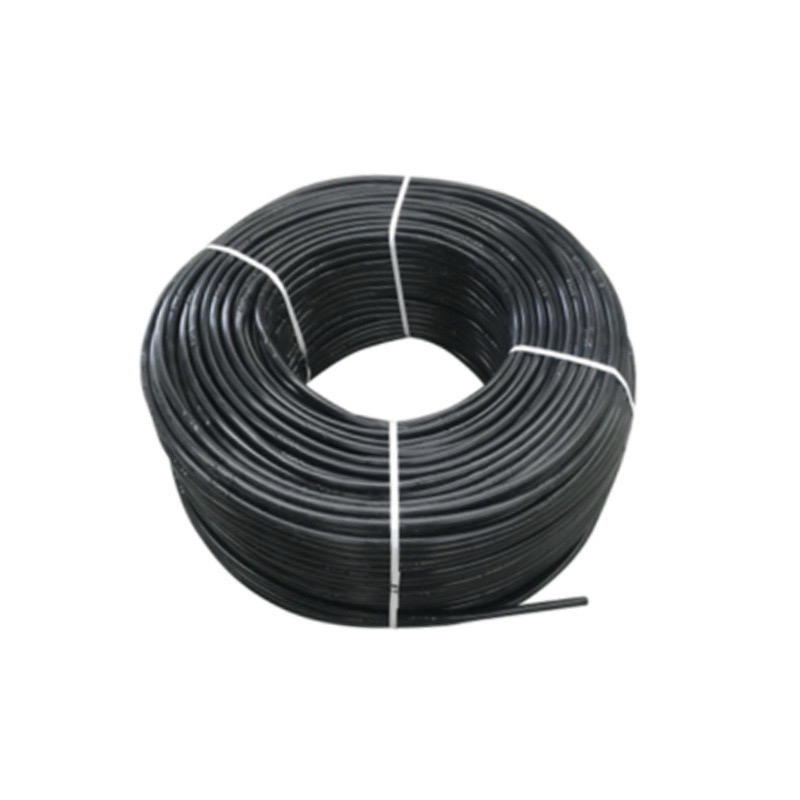The cylinder dripper pipe is designed to prevent damage from root intrusion in several ways:
- Physical Barrier: The cylinder dripper pipe typically features a cylindrical shape with a small emitter opening for water discharge. This design acts as a physical barrier against root intrusion, as roots are less likely to penetrate or damage the cylindrical surface compared to flat or exposed drip tape.
- Embedded Installation: Cylinder dripper pipes are often installed underground or buried beneath soil or mulch, minimizing their exposure to roots. The buried installation provides an additional layer of protection against root intrusion.
- Emitters Positioning: The emitters or drippers on the cylinder dripper pipe are strategically positioned along the pipe’s length to release water directly to the root zone of plants. By keeping the emitters within the pipe, they are shielded from external factors such as root growth.
- Root Repellent Additives: Some cylinder dripper pipes are manufactured with additives or coatings that act as root repellents. These additives deter root penetration into the pipe, reducing the risk of damage to the irrigation system.
- Regular Maintenance: Proper maintenance of the irrigation system, including periodic inspection and cleaning of the cylinder dripper pipes, cylinder dripper pipe helps identify and address any potential issues related to root intrusion promptly.
- Root Barriers: In areas with particularly aggressive root systems, additional root barriers or geotextiles may be installed around the cylinder dripper pipes to further prevent root intrusion into the irrigation system.
- Proper Installation: Ensuring proper installation practices, such as burying the cylinder dripper pipes at the correct depth and maintaining adequate soil coverage, helps minimize the risk of root damage and intrusion.
Overall, the design and installation of the cylinder dripper pipe, along with appropriate maintenance practices, contribute to its ability to prevent damage from root intrusion and maintain efficient water delivery to plants in drip irrigation systems.

